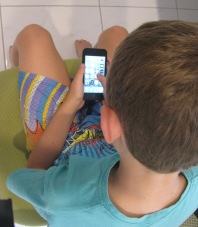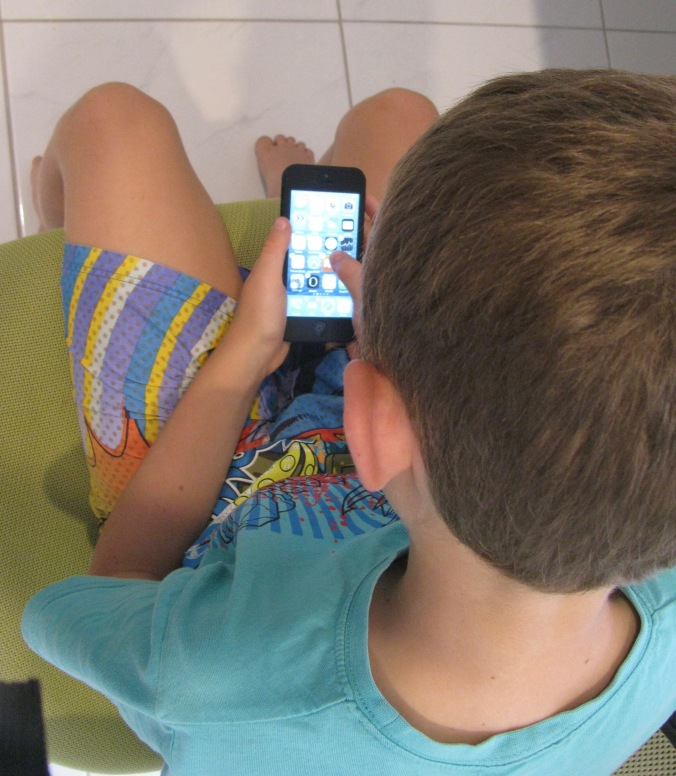A man in a car does donuts in a crowded public space. The man then drives along a footpath brutally mowing people down and killing several pedestrians. The police are heavily criticised for not doing anything to stop him earlier.
A man in a car does donuts in a crowded public space. A police officer attempts to stop him by successfully shooting out the tyres of the moving car. The car however does not immediately stop – it veers out of control, onto a footpath and kills a pedestrian. Police are heavily criticised for shooting at the car in a public place because it doesn’t actually make a car stop completely.
A man in a car does donuts in a crowded public space. A police officer attempts to stop him by shooting out the tyres of the moving car. The police officer misses because this is an incredibly difficult thing to do. One of the stray bullets ricochets and hits a pedestrian, killing her. Police are heavily criticised for shooting in a public place.
A man in a car does donuts in a crowded public space. A police officer shoots the man at the wheel, killing him. Police are heavily criticised for over-reacting because his family says he was not a bad man, he was just going through a bad patch and didn’t deserve to die. People ask why the officer didn’t just incapacitate him by shooting him in the shoulder.
A man in a car does donuts in a crowded public space. A police officer attempts to tackle the driver through the open window. The police officer is thrown off balance, falls under the wheels of the car and is killed. The man then drives off, hitting several pedestrians. Although the officer himself is hailed as a hero, the police are heavily criticised for lack of training and that nothing further was done to try to stop the man.
Real life is not like a movie. Just because Bruce Willis could do it in ‘Die Hard’ doesn’t mean it can happen in the street. As a police officer, you are thrust into a situation and you have to think on your feet. You use your human skills and best judgement on what you know at that precise moment.
Maybe you know the person you are up against. Maybe you know he is violent and unpredictable, and has been threatening to kill. Or maybe you only know what you can see. An angry man in a car. But you do know that you will be held accountable for every decision you make.
As a police officer, you rely on your training. You have the voices of your superiors ringing in your ears to show restraint and caution. You also hear the voice of your own conscience. Is this justified? Can I live with the consequences of my actions, whatever I choose? Can I forsee all the possible consequences?
No one knows the ‘right’ answer at the time. The ‘right’ answer only appears afterwards with hindsight.
As a police officer, you are damned if you do and damned if you don’t.
J.M. Peace is a serving police officer and the author of ‘A Time To Run’ and ‘The Twisted Knot’.
 My son recently came home from school asking to have a look at Instagram. He told me one of his classmates had said he’d put my son’s photo up and he wanted to know if it was true. Neither of us have an account but it’s easy to create one and we quickly found the photo. It appeared innocuous. My son and two of his friends, smiling for the camera, taken after school.
My son recently came home from school asking to have a look at Instagram. He told me one of his classmates had said he’d put my son’s photo up and he wanted to know if it was true. Neither of us have an account but it’s easy to create one and we quickly found the photo. It appeared innocuous. My son and two of his friends, smiling for the camera, taken after school. Educate yourself. Educate your children. Don’t pretend the predators aren’t lurking out there.
Educate yourself. Educate your children. Don’t pretend the predators aren’t lurking out there.